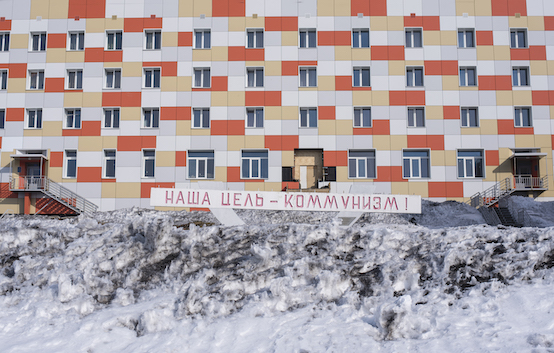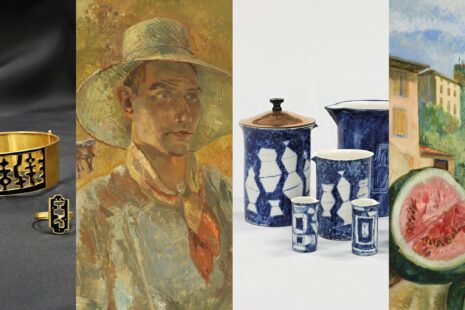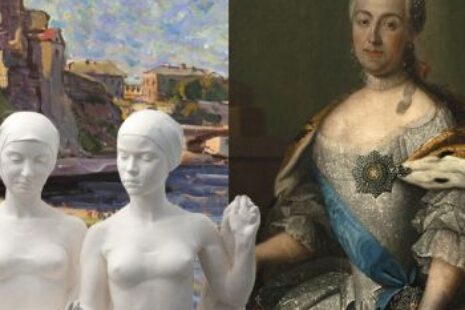Silvia Pärmann is an Estonian photographer whose work points to the problems that have been overlooked but cannot be avoided anymore. The current exhibition reflects the daily life of the Spitzbergen archipelago, where the glaciers cover more than half of the landscape between 76 and 81 N and 10 and 35 E. Fjords, snow, powerful mountains, polar bears and mines build the atmosphere in the Norwegian Svalbard archipelago. Or would you rather say – did?
The human reached the Spitsbergen by whale hunting as early as the 17th century. The coal reserves discovered at the end of the 19th century brought mines and permanent inhabitants to the island. Although the vast majority of coal mines in Svalbard have now closed – only one of Norway’s mines is active, as well as Russia’s last operating mining town Barentsburg – the argument for closure is low profitability and the depletion of coal reserves, not environmental concerns.
Since 1971 the average air temperature in Svalbard has risen by 7°C. This has led to dramatic changes. Of course, warming of the Arctic is not caused only due to local anthropogenic effects – the local human activity is only a small drop in the ocean in this pool of causes. But being daily in the environment makes it more difficult to ignore the change. Ignore the fact that man took the land that was polar bears, seals, reindeer – and couldn’t keep it.
Gallery name: Outdoor Gallery
Address: Telliskivi 60A, Tallinn
Open: 06.11.2019 - 25.01.2020







